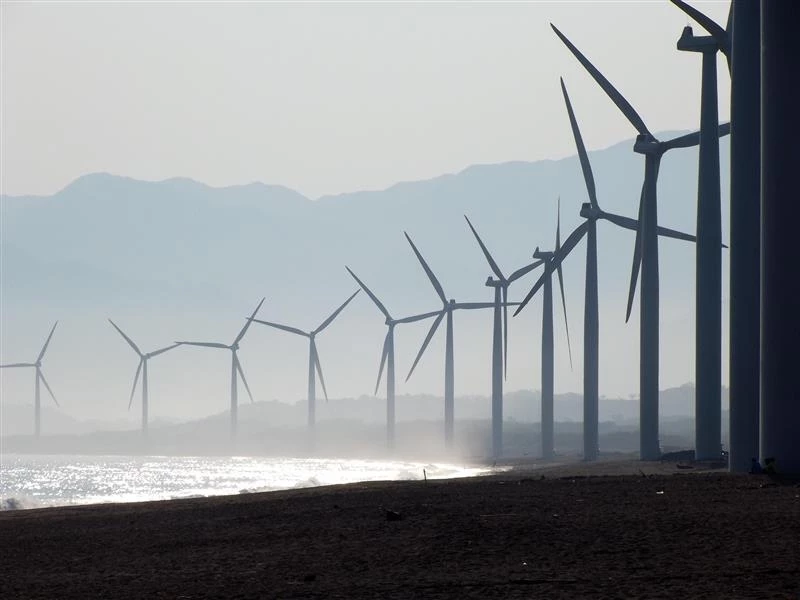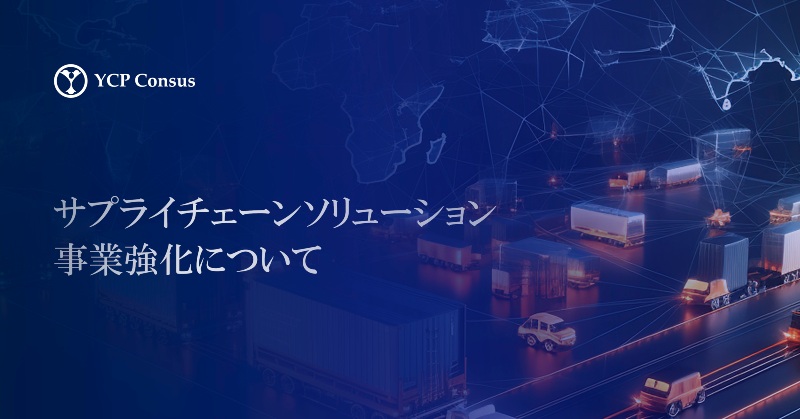記事
アジアおよび世界各地の産業・ビジネスに関する、現地での経験に基づいたアジャイルで顧客志向なインサイトをぜひご覧ください。

記事 | エネルギー・天然資源
インドネシアのエネルギー転換の岐路:グローバルの潮流を踏まえた実行戦略

記事 | エネルギー・天然資源
インドネシアのエネルギー転換の岐路:グローバルの潮流を踏まえた実行戦略

記事 | テクノロジー・メディア・通信(TMT)
AIのトレンドと課題を乗り越える:日本におけるデジタル変革の戦略的アプローチ

記事 | 金融, プライベートエクイティ・投資
株式会社ラクスによるPT CPS社の株式取得を支援

記事 | テクノロジー・メディア・通信(TMT), 輸送・物流
サプライチェーンソリューション事業強化について

記事 | 消費財・流通, 金融, ヘルスケア, テクノロジー・メディア・通信(TMT)
金融、ヘルスケア、小売業におけるAI駆動型ソリューション

